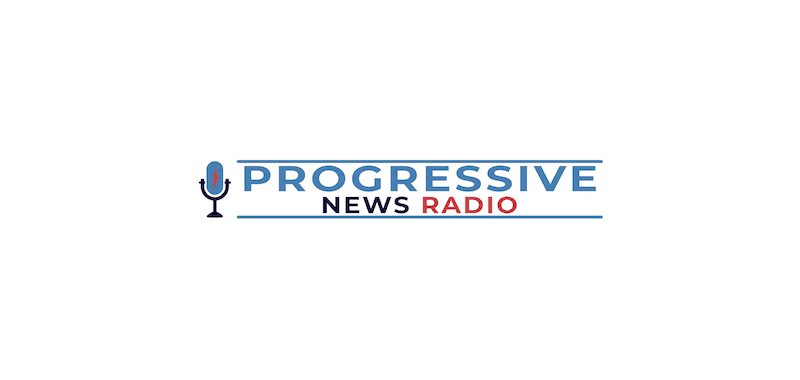As a physician, you are accustomed to thinking about the future and planning for the well-being of your patients. However, have you considered applying the same foresight to your financial future? Investing in residential assisted living (RAL) homes is an opportunity that offers both financial security and the chance to make a meaningful impact on the lives of seniors. Here’s why RAL homes are an excellent investment now and for decades to come.
What are residential assisted living homes?
Residential assisted living homes (RAL homes) are properties designed to provide care and assistance to seniors who need help with daily activities such as bathing, dressing, and medication management. Unlike traditional nursing homes, RAL homes offer a more intimate and home-like environment, typically accommodating 5-16 residents, depending on location. This setting allows for personalized care and a higher quality of life for the residents.
The growing demand for residential assisted living
The demand for assisted living facilities is set to skyrocket due to demographic shifts. The baby boomer generation, 77 million strong, is rapidly aging. Every day, 10,000 baby boomers turn 65, and this trend will continue until 2030. Moreover, the U.S. Census Bureau projects that the number of Americans aged 65 and older will double to over 95 million by 2060. This surge in the elderly population will significantly increase the demand for long-term care facilities, including RAL homes. Currently, the U.S. is already short by about 1 million assisted living beds, a deficit expected to grow.
Why this demand matters
As the population ages, the need for quality assisted living options becomes more pressing. Many seniors prefer the comfort and familiarity of a home-like environment over large, institutional settings. The COVID-19 pandemic further emphasized this. RAL homes meet this need by offering a more personal and comfortable living situation with a higher caregiver-to-resident ratio, making them highly attractive to families seeking care for their elderly loved ones.
Transforming the assisted living landscape
As physicians and health care professionals, investing in RAL homes offers more than just financial returns. You have the unique opportunity to transform the assisted living care landscape by providing the compassionate, high-quality care that seniors deserve. Your medical background and commitment to patient care can help set a new standard in the industry, ensuring that elderly residents receive the best possible support in a nurturing environment, allowing them to live out their days in a community that cares.
Profit potential of residential assisted living homes
Outside of passively lending money or investing in a residential assisted living syndication, physicians who want to take a more active approach can consider two typical models:
1. The lease-to-operator model. In the lease-to-operator model, you, as the investor, own the property and lease it to an experienced operator who runs the assisted living business. This model provides a stable and predictable income through long-term commercial leases, typically ranging from three to five years. Depending on the class of the home, occupancy rates, and the quality of the operator, you can earn anywhere from $3,000 to $5,000 per month in relatively passive income. The operator handles all the day-to-day management and maintenance of the home, reducing your responsibilities and increasing your cash flow. This hands-off approach is particularly appealing to busy physicians who want to invest in real estate without the demands of daily management.
2. The owner-operator model. If you prefer a more hands-on approach, you can choose to own and operate the RAL home yourself (or with a manager). This model has the potential for higher returns as you would retain all the profits from the business. By managing both the property and the operations, you can make from $5,000 to $15,000 per month or more, depending on occupancy and service levels offered. However, it also requires more time and involvement in the daily operations. You would need to manage staff, handle resident care, and ensure the property meets all regulatory requirements. While this approach demands a greater commitment, it offers the satisfaction of directly impacting the lives of seniors and their families.
Residential assisted living homes represent an unparalleled investment opportunity for physicians to ride the silver tsunami while generating substantial cash flow and providing exceptional care.
Alex Schloe is a family physician.



